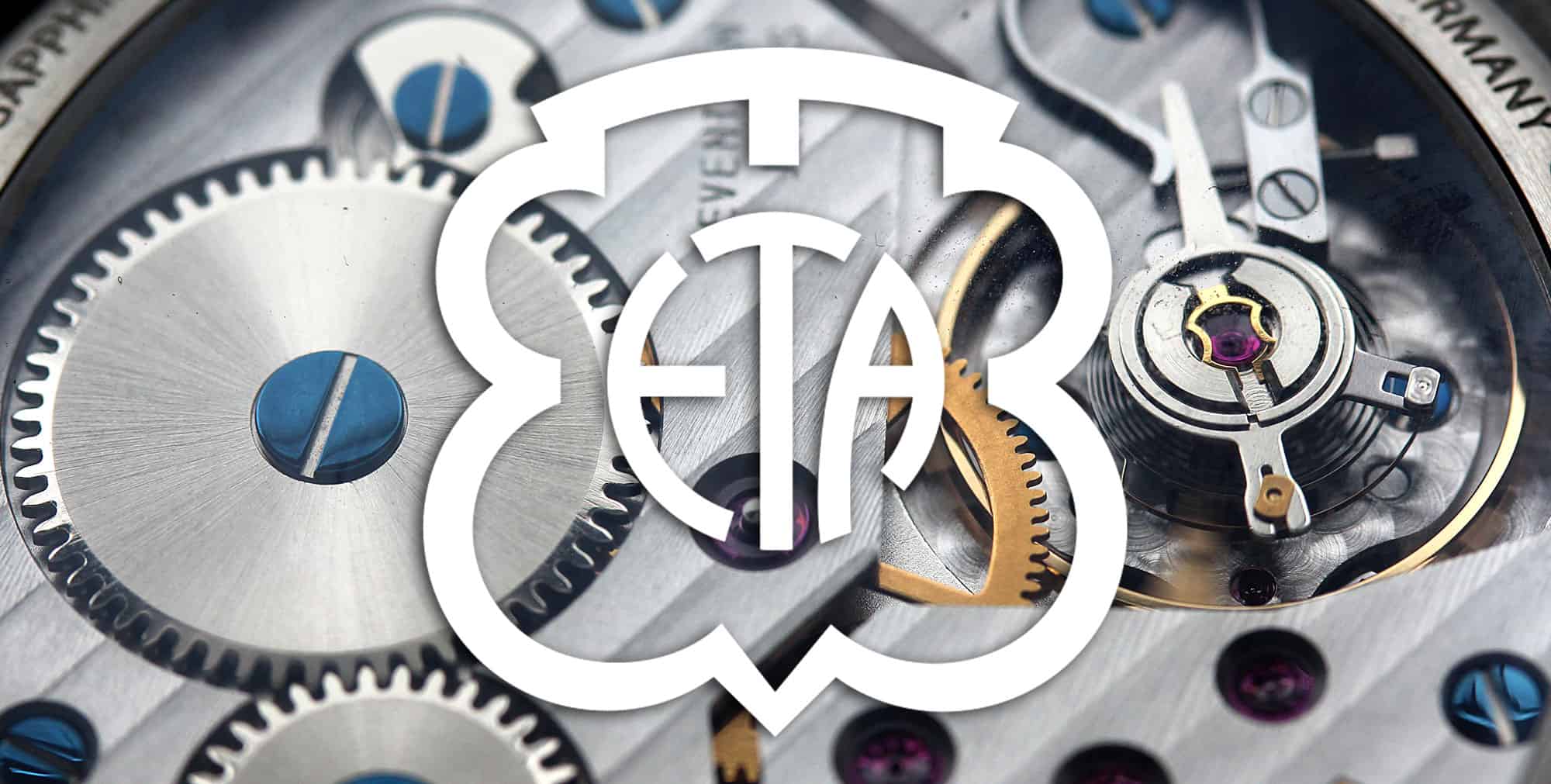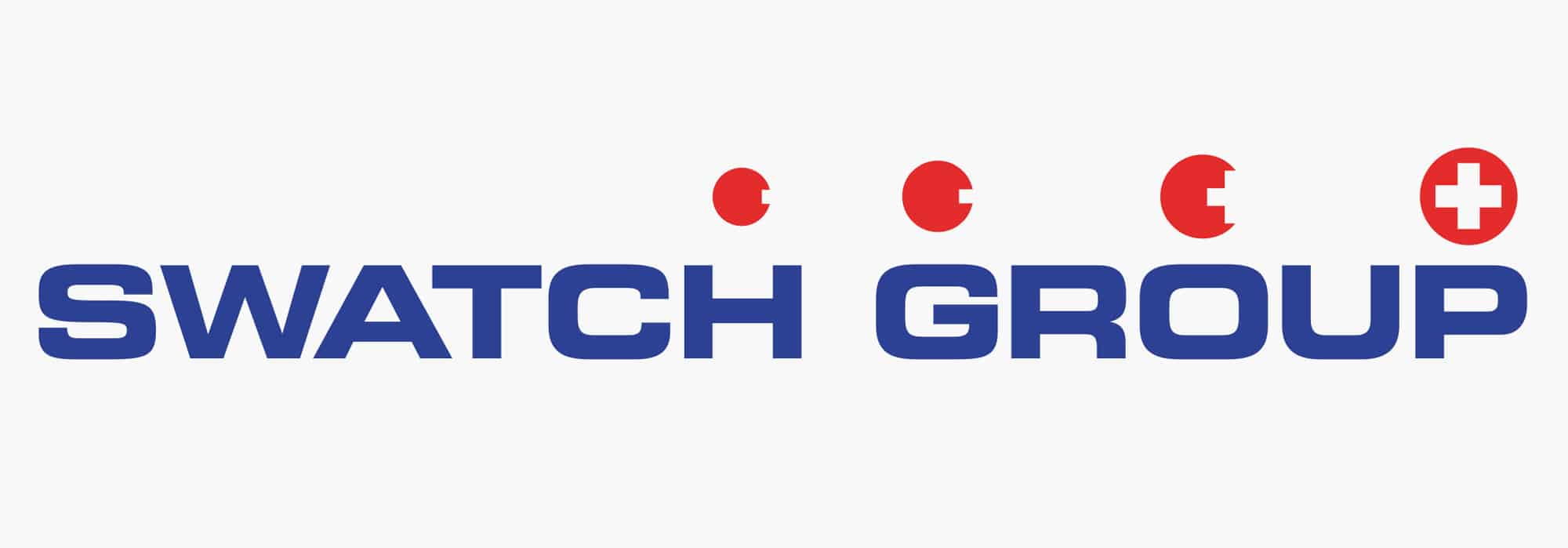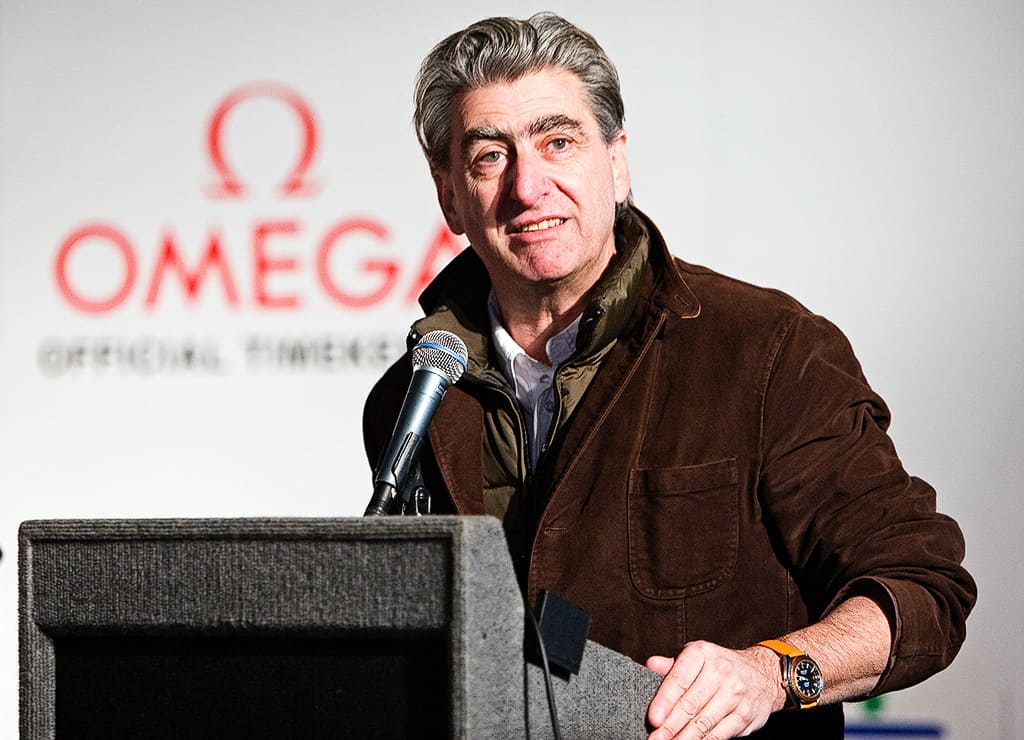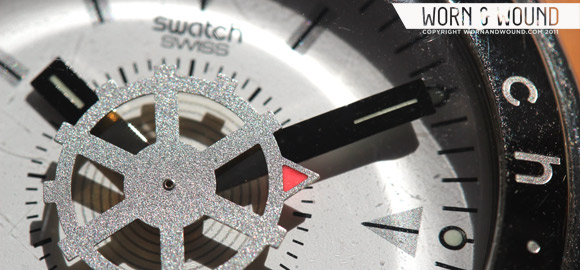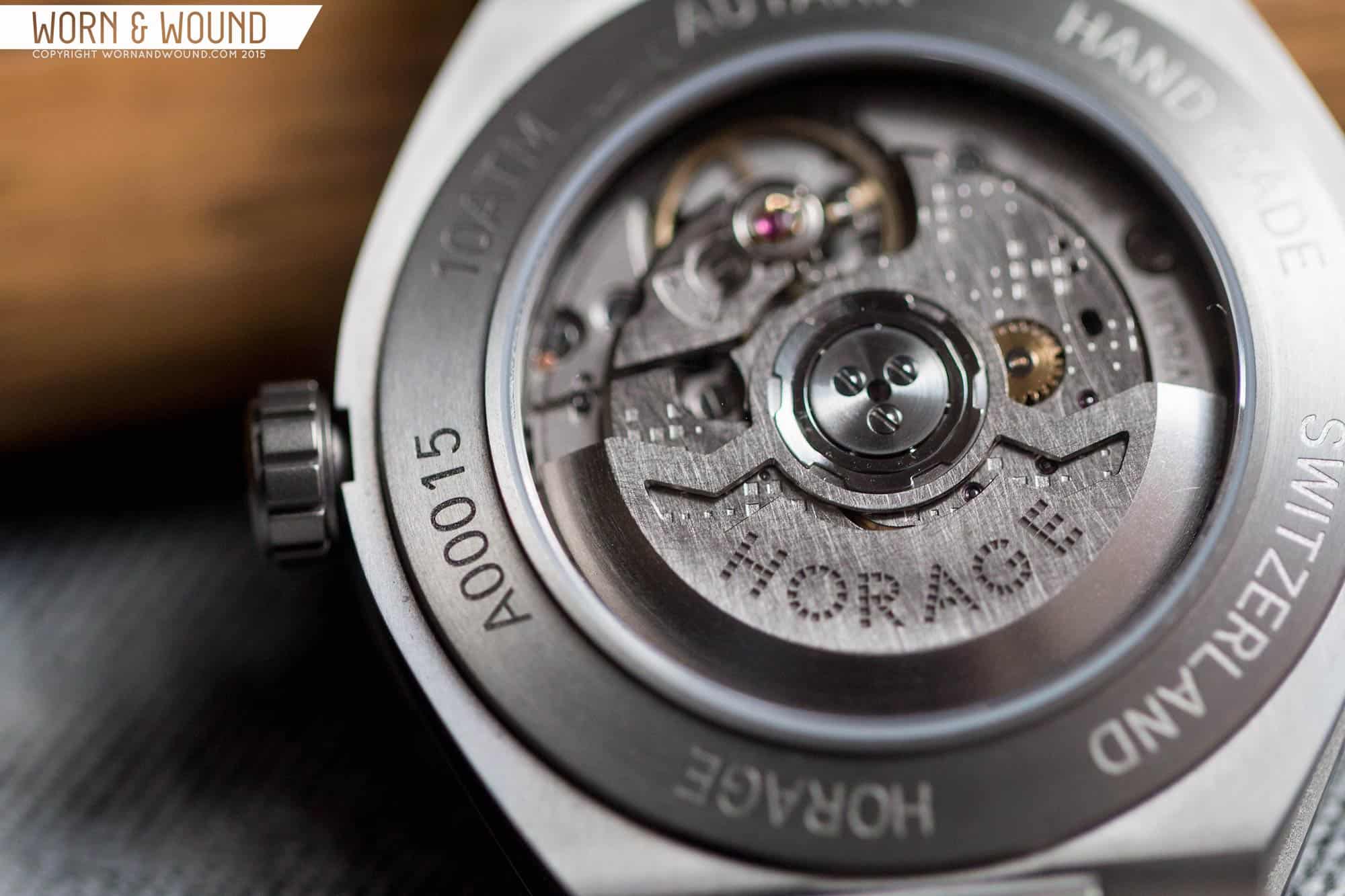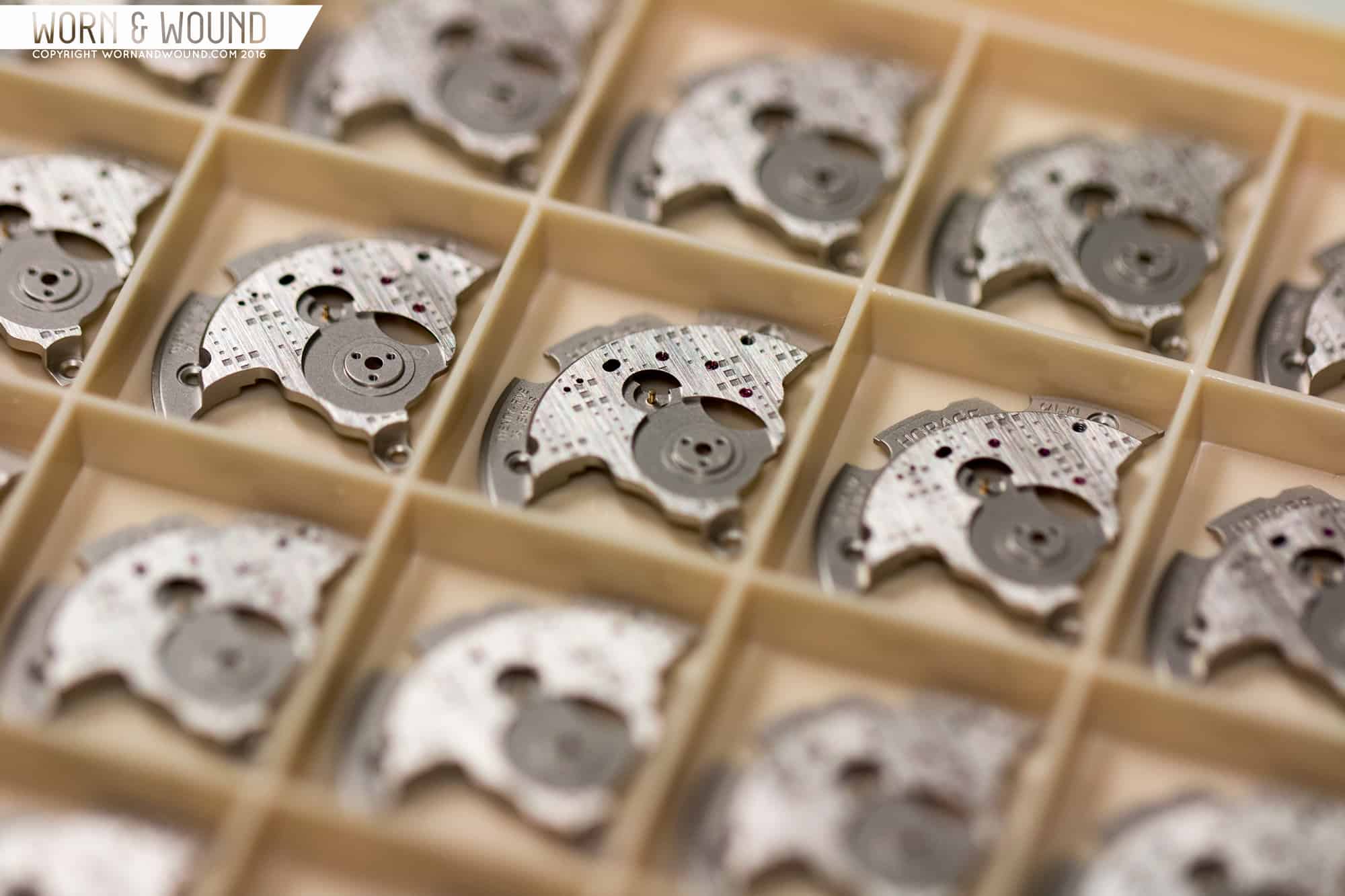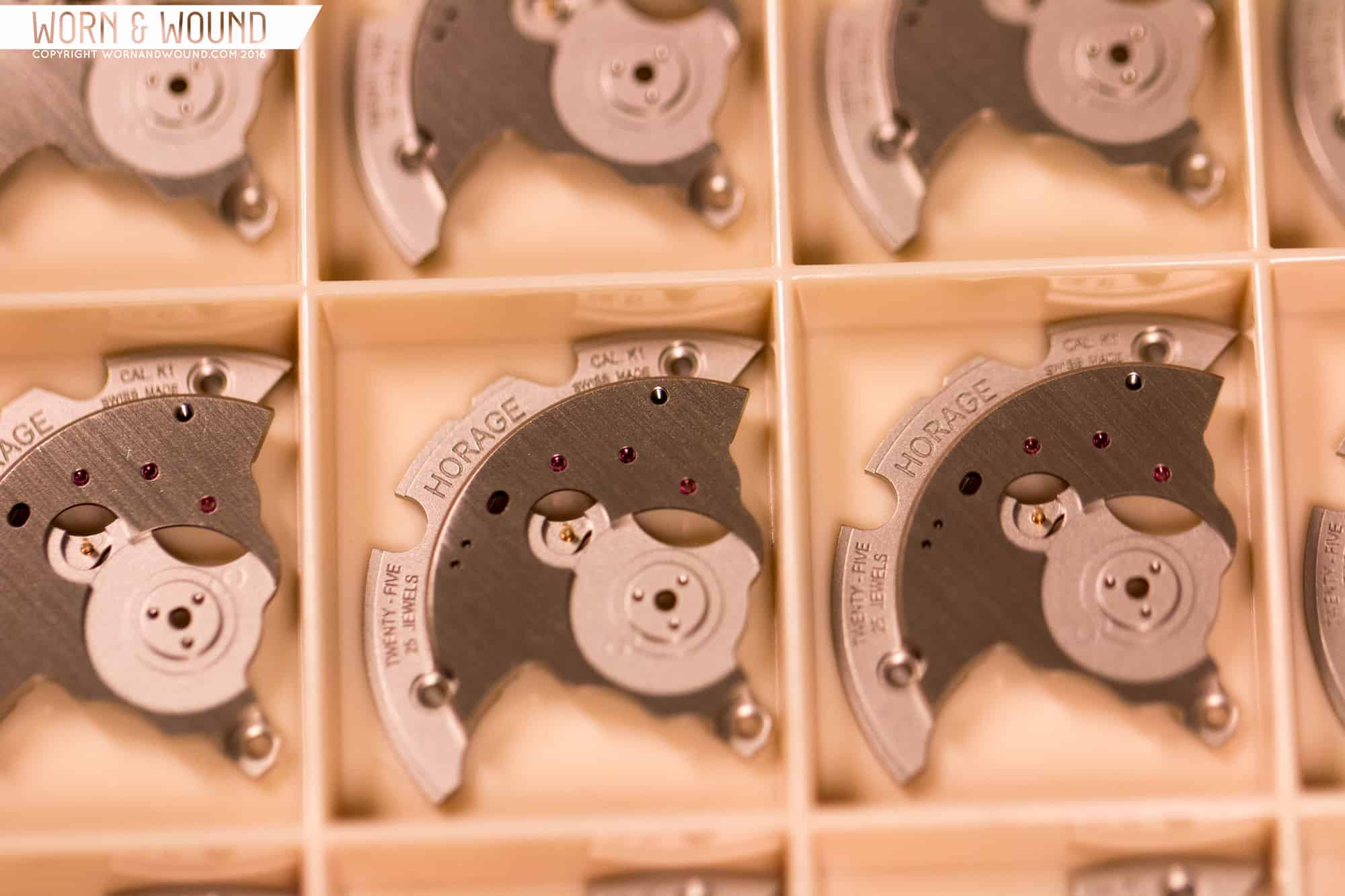There’s no denying that the Swiss watch industry is experiencing a downturn right now. Exports from Switzerland fell in 2016, down 16.1 percent in June when compared to June 2015 figures. Swatch Group, undoubtedly one of the biggest players in the Swiss watch industry today, has been hit especially hard by the tepid marketplace, reporting a 53.6 percent dip in operating profits.
But this article isn’t about Swatch’s profit margins (at least not directly), but rather a piece of watch industry news that went under the radar. Earlier this year around mid-June, Reuters reported that Weko, Switzerland’s competition commission, would examine the possibility of Swatch Group-owned ETA increasing supply of mechanical movements to third parties. This is a significant reversal of a 2013 court ruling allowing Swatch to decrease supply of movements and key components to third parties.









 Featured Videos
Featured Videos




